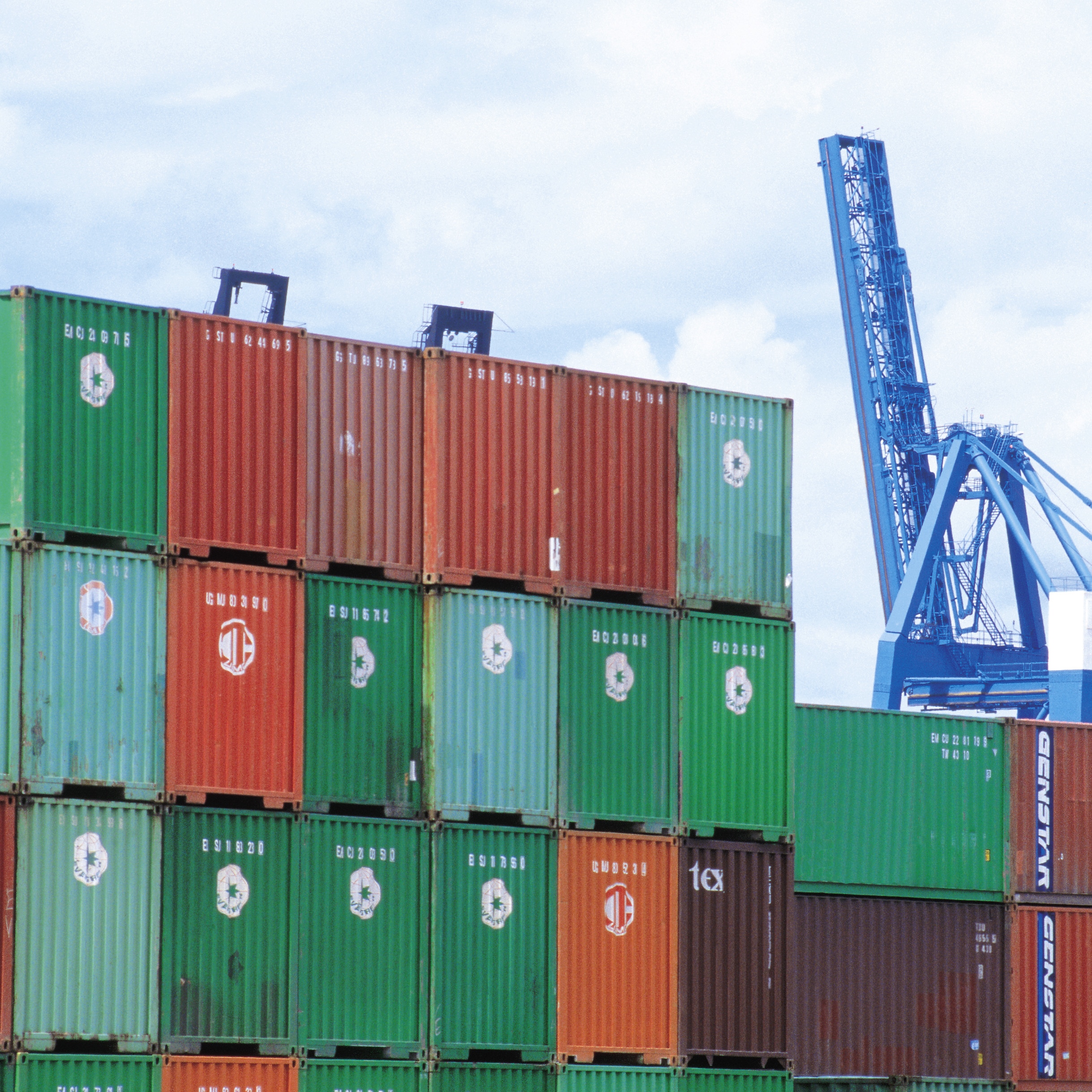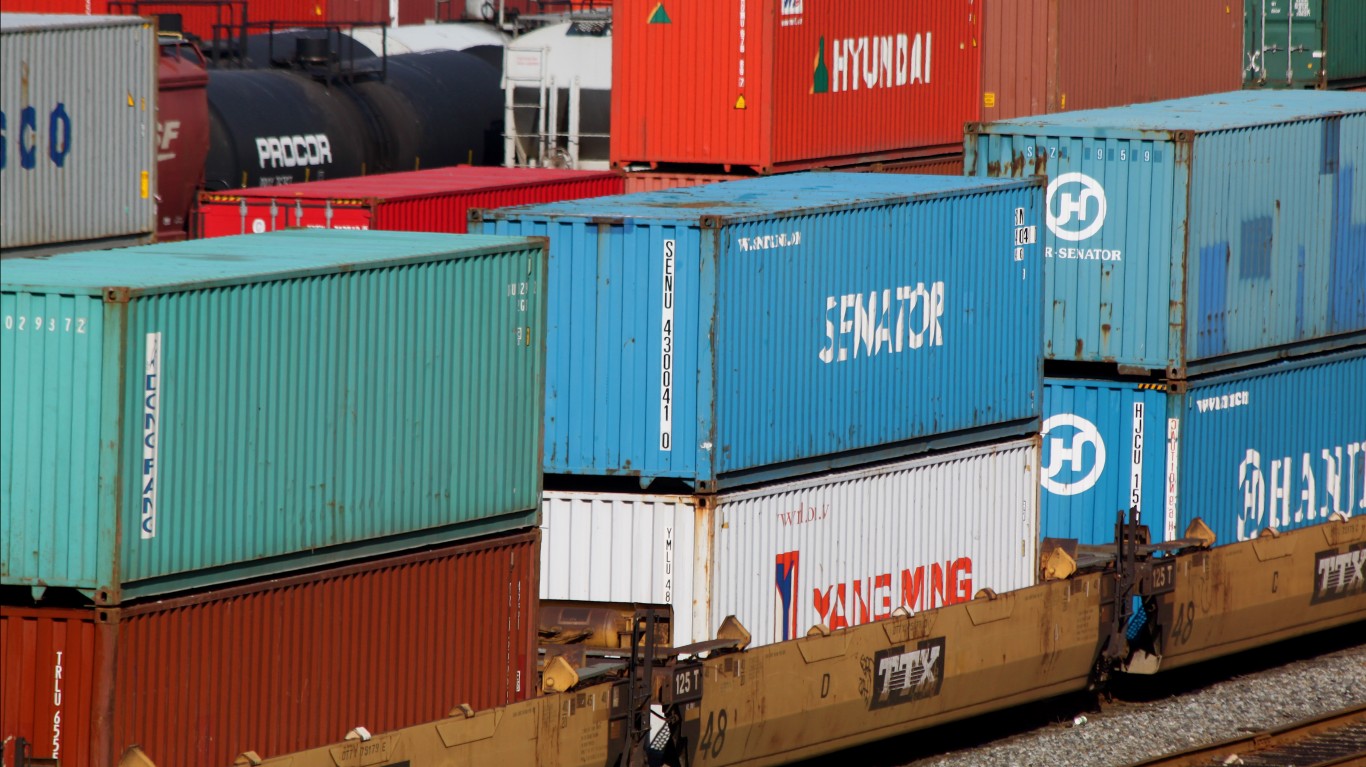
Import prices rose by an unexpected 1.4% in May, which will give the Federal Reserve at least some hope of price increases — and that they were not just tied to oil. Bloomberg was calling for a gain of only 0.8%, and the April reading was revised from a gain of 0.3% to one of 0.7%.
Export prices also managed to gain more than expected in May. This month-over-month rise was 1.1%, versus the Bloomberg estimate of only 0.2%. In fact, this was far higher than even the highest 0.4% projection.
The monthly reports look good, and that is a help. On the other side of the coin are the year-on-year trends. Those annual trends remain atrocious as things hadn’t fallen off of a cliff yet in 2015.
The annual import price change was −5.0% (versus −5.7% in April). Export prices were down at −4.5% in May (versus −5.0% in April).
As a reminder, the Federal Reserve is hoping for 2.0% to 2.5% annual inflation. So far they just are not getting it.
What stands out here is that the gains are more than just recovering oil prices.
The gain in import prices appears to be the best rate in about four years. Excluding petroleum, prices were up by 0.4%, which is weaker than some might hope but still the best reading in about two years. The gain in export prices was up 1.1% for the best gain in five years.
Petroleum import prices were up 17.4%, and export prices of agricultural products were up. Finished goods prices saw roughly flat readings in the import and export readings, with slight contraction. Capital goods import prices were down 1.9% year over year.
With this week’s Federal Open Market Committee (FOMC) decision on interest rates being the meeting that will direct the market’s opinions of planned 2016 and 2017 rate hikes, anything tied to real prices for an inflation reading might be viewed with a closer eye.
Travel Cards Are Getting Too Good To Ignore (sponsored)
Credit card companies are pulling out all the stops, with the issuers are offering insane travel rewards and perks.
We’re talking huge sign-up bonuses, points on every purchase, and benefits like lounge access, travel credits, and free hotel nights. For travelers, these rewards can add up to thousands of dollars in flights, upgrades, and luxury experiences every year.
It’s like getting paid to travel — and it’s available to qualified borrowers who know where to look.
We’ve rounded up some of the best travel credit cards on the market. Click here to see the list. Don’t miss these offers — they won’t be this good forever.
Thank you for reading! Have some feedback for us?
Contact the 24/7 Wall St. editorial team.



